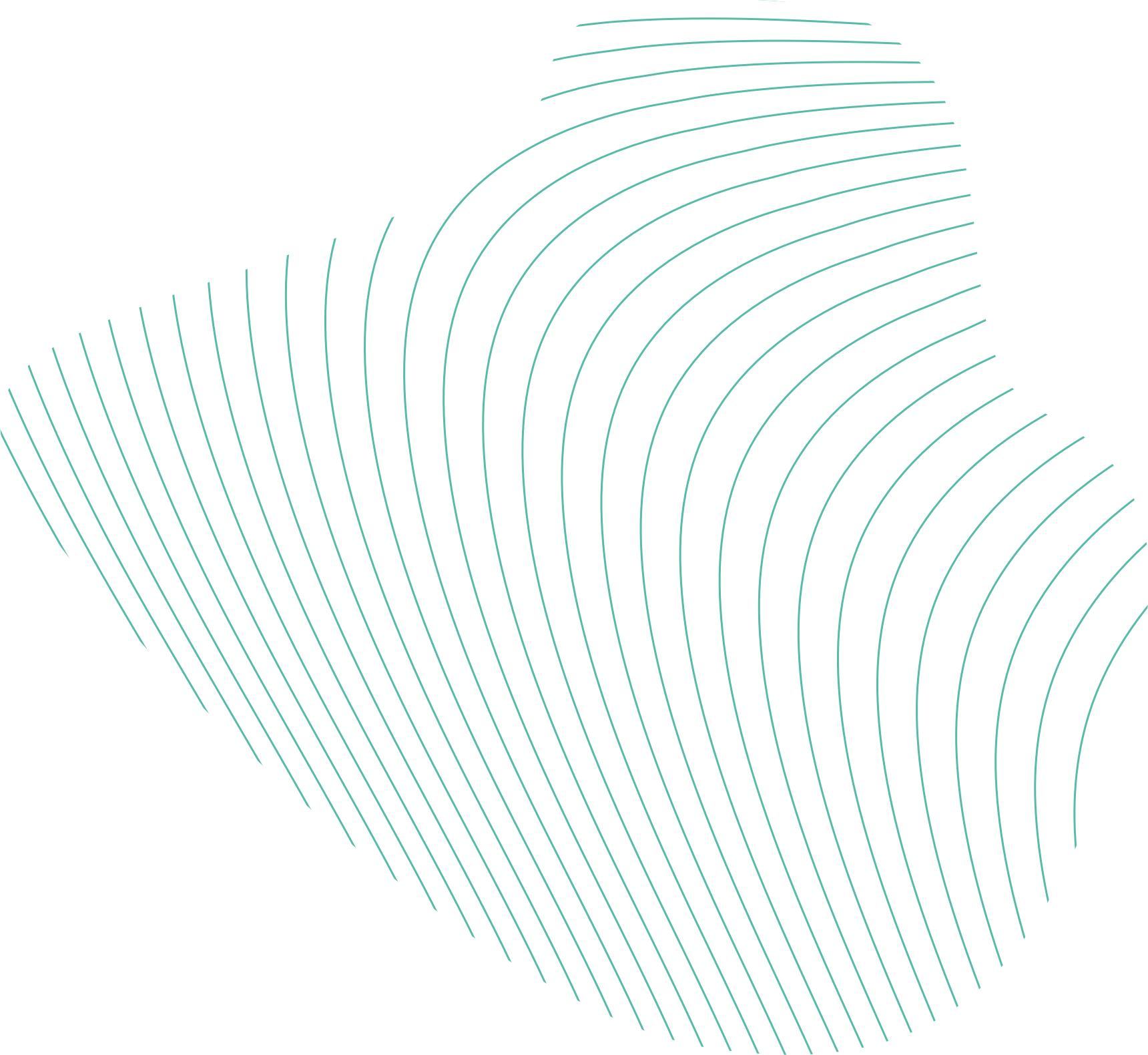


The Inden mine extends from the municipality of Aldenhoven and the A 44 (Düsseldorf–Aachen) motorway in the north to the A 4 (Cologne–Aachen) motorway in the south. As such, it lies within the district of Düren and the city region of Aachen.
With its output of lignite, the Inden mine secures the lignite supply for the neighbouring Weisweiler power plant. Its coal seams are up to 45 metres thick and are located up to 230 metres under the Earth’s surface.
The Inden open-cast mine will cease production in 2029 as part of the coal phase-out. Because the lignite has been removed, a large residual depression remains in the mining field. From 2030, it will be filled with water from the nearby Rur and rising groundwater.
RWE Power has drawn up a final operating plan for the design of the post-mining landscape, which contains the principles of reclamation and surface drainage. In parallel and in coordination with this, the region's municipal association, Entwicklungsgesellschaft indeland GmbH, has drawn up the “Indesee 2.0 framework plan”. The image of the new landscape and how people will live and work there one day has thus already become very concrete.


Operating area
Number of bucket wheel excavators
Capacity of bucket wheel excavators
Number of spreaders
Capacity of spreaders
Total length of conveyors
Land use until end of 2023
Recultivated area
of which agricultural
of which forestry
In 2005, the mine north of Lamersdorf reached the former course of the Inde, the river that gave its name to Inden – both the place and the mine. The creation of the new riverbed had started in the recultivation area of the mine in 1996. North of Lamersdorf, the new Inde leaves its old riverbed and flows freely for around twelve kilometres through a new floodplain up to 300 metres wide. South of Kirchberg, it reaches its old riverbed again. This new section of the Inde replaces around five kilometres of the old, straightened river course. The entire floodplain of the river was planted with 400,000 trees and bushes, and ecologically enhanced by wild meadows, wetlands, and flat riparian zones in places.

Further west, near Eschweiler-Dürwiß, RWE Power AG put in place the conditions for the approximately 100-hectare Blausteinsee lake as part of the recultivation of the former Zukunft-West mine. It is part of a 180-hectare local recreation area which is divided by a land cut called the Schlangengrabental. The flow of water into the lake and the use of the lake are the responsibility of Blausteinsee GmbH, an association of the neighbouring municipalities. Blausteinsee is now a popular location for water sports.

When the mine is exhausted, in other words after 2030, the Inden coalfield will not be backfilled with overburden and recultivated. Instead, a 1,100-hectare lake is planned for the area to the east between Lamersdorf, Kirchberg, Schophoven, Merken and Lucherberg. It will be surrounded by forests, meadows and agricultural land and primarily filled with water from the Rur over a period of 30 to 35 years. The management of the mine is already preparing for the creation of the lake, for example by developing the future lake shores and embankments. The lake will be ready for a wide range of uses shortly after it begins to fill. It is expected to be available for unrestricted use by around 2060.

While the region will continue to be dominated by mining for many years, it is already laying the foundations for the post-lignite era through the “indeland” joint project. Between now and 2030, a large part of its land area will be completely redeveloped, centering on the planned lake that will be left behind by the Inden mine after 2030, sometimes humorously referred to as the “Inden Ocean” due to its size. A symbol of the regional initiative is the Indemann, a steel and glass observation tower located near Inden-Lucherberg and visible from far away. RWE Power is working closely with its partners in the region. The aim is to enhance the economic strength of the region, in particular by maintaining and developing jobs, and to utilise innovation potential.


